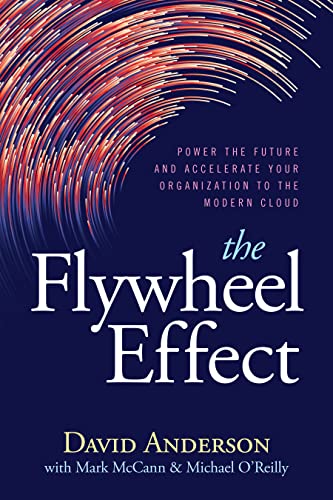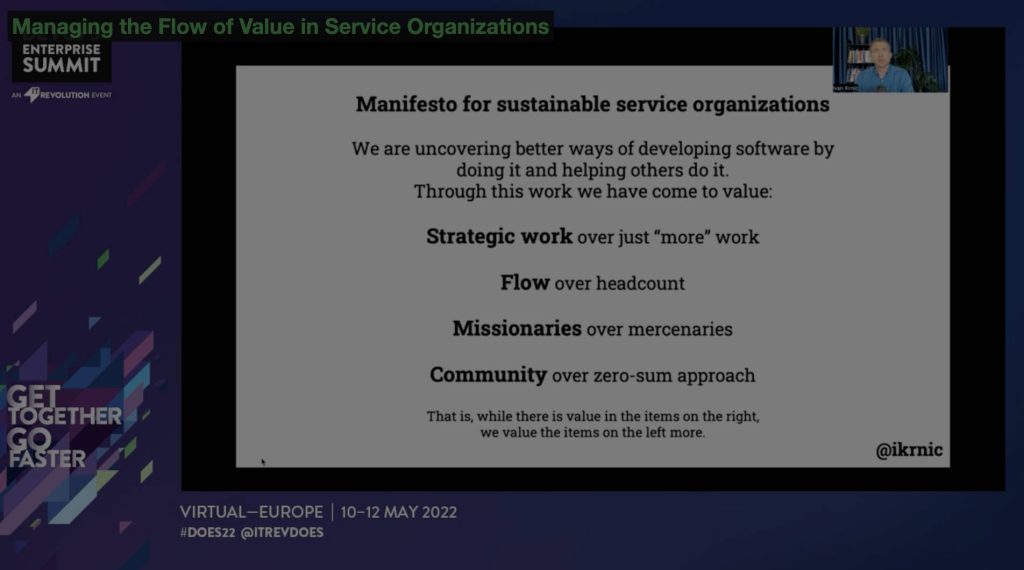A newsletter that started as a personal learning and getting-in-touch project by Ivan Krnic grew into a sociotechnical newsletter covering topics of technical excellence, organizational improvements, and productivity.
Wardley Mapping
If you are reading this, you are most probably working in a dynamic environment in which user needs and technology are evolving so fast that it’s hard to keep up, aren’t you?
It is an emerging environment in which new insights are pouring in every day – so much so that is impossible to come up with best practice (or even good practice, for that matter). The Cynefin framework calls it the Complex domain. In this environment, past successes are not predictors of future successes.
The only way to navigate this emerging and uncertain environment is to make educated guesses, form hypotheses, and follow the probe-sense-respond pattern: come up with the best option that you can, try it, see the results and, if needed, correct your approach accordingly.
It helps a lot if your initial hypothesis is a good one. And the better you understand the world around you, the better your hypothesis will be. One way to gain superior situational awareness is to use the Wardley Mapping technique. It is a way of mapping your current business and technical landscape, with the end user in mind, considering invisible and ubiquitous forces that drive every market and every organization.
If you tried Wardley Mapping before, you might find it easy to start with, but hard to do well. Fortunately, there is a lot of available free material like the compete Simon Wardley’s book and Ben Mosior‘s fantastic site.
But first, listen to the latest podcast episode with David Anderson where he shares many useful tips!
Interview of the Month

Value Flywheel with David Anderson
David Anderson currently works at Bazaarvoice as Technical Fellow. Before that, he was CTO leading an organizational transformation at Liberty Mutual aimed at generating more value for the clients by using serverless architectures and better ways of working. David shared his experience and lessons learned in the book “The Value Flywheel Effect” and I got the chance to hear it first-hand.
Hand picked
Inspiring The Pursuit Of Success & Averting Drift Into Failure – “If we want to understand, in complex systems, how things really are going to go badly wrong, what we shouldn’t do is try to glean predictive capacity just from the little bugs, and incidents, and the error counts that you do. No, we need to understand how success is created.” — Sidney Dekker at DOES 2017.
The Product Culture Shift – Moving from a traditional software infrastructure organization to a product-oriented one requires a culture shift. Camille Fournier has some tips for us.
Centralize or Decentralize? – Mark Schwartz shares his view on (de)centralizing functions: “we often assume that standards are needed, when careful analysis would show that the business value of that standardization might not justify the additional cost or slowness of the governance mechanisms that ensure standards are followed.”
Calculate on-call pay – incident.io team is launching a free on-call pay calculator based on PagerDuty data, check it out here.
Read with us

The Value Flywheel Effect: Power the Future and Accelerate Your Organization to the Modern Cloud
The book summarizes insights from the organizational transformation in Liberty Mutual and patterns that moved this 100-year-old insurance company in the direction of serverless and better ways of working.
It is always difficult to turn big ships around, but David proves that, using the right patterns, it’s oh-so possible!



